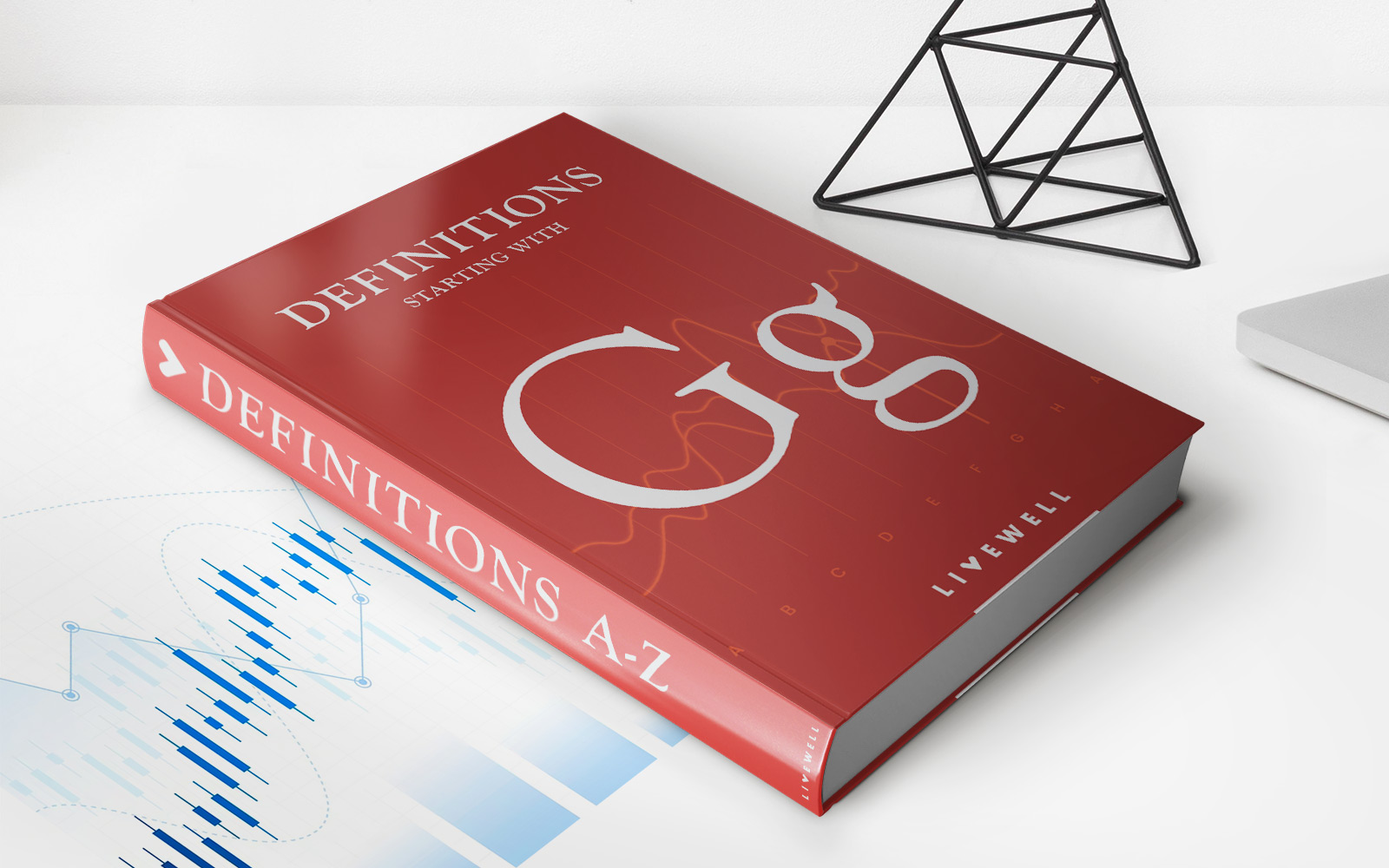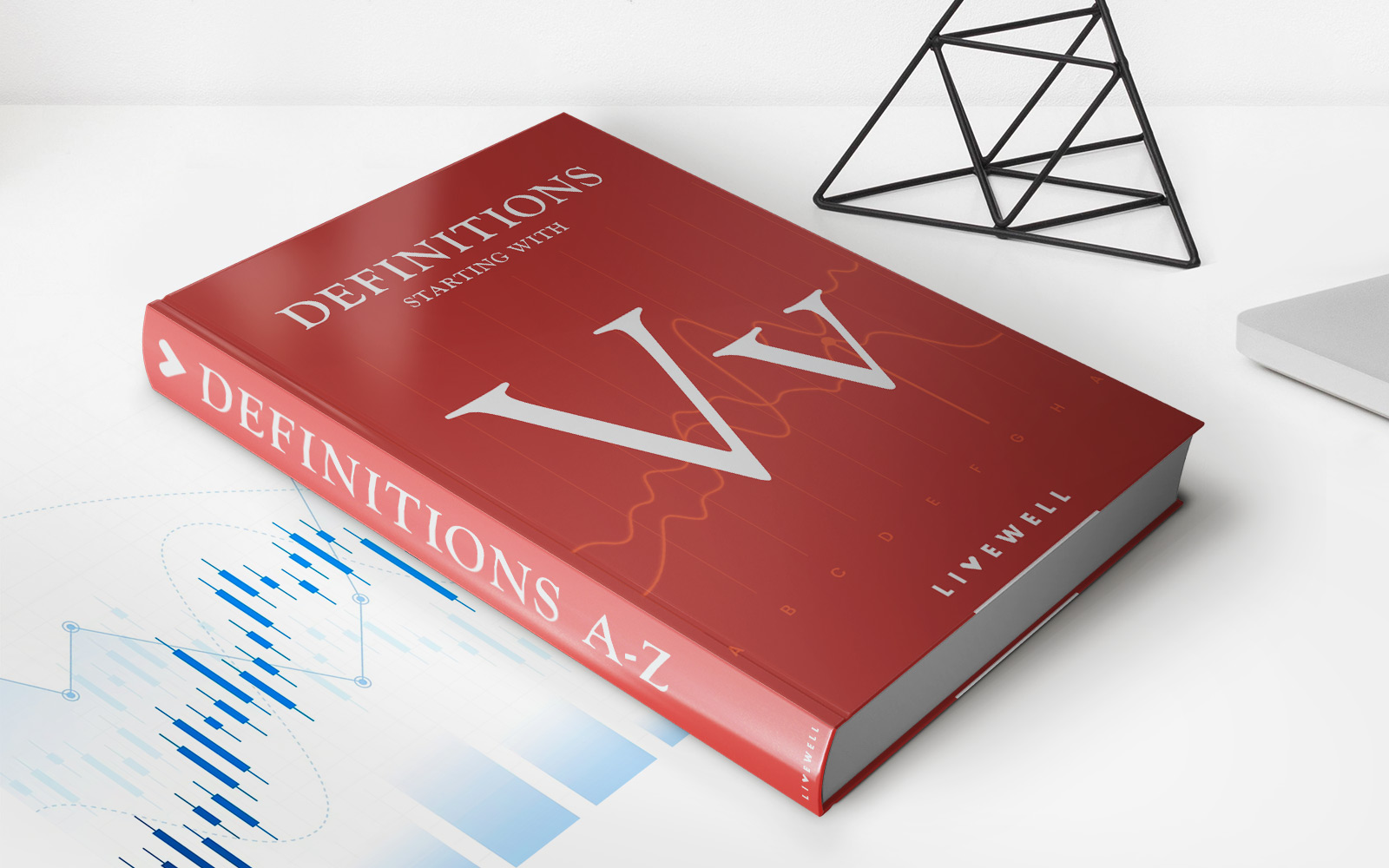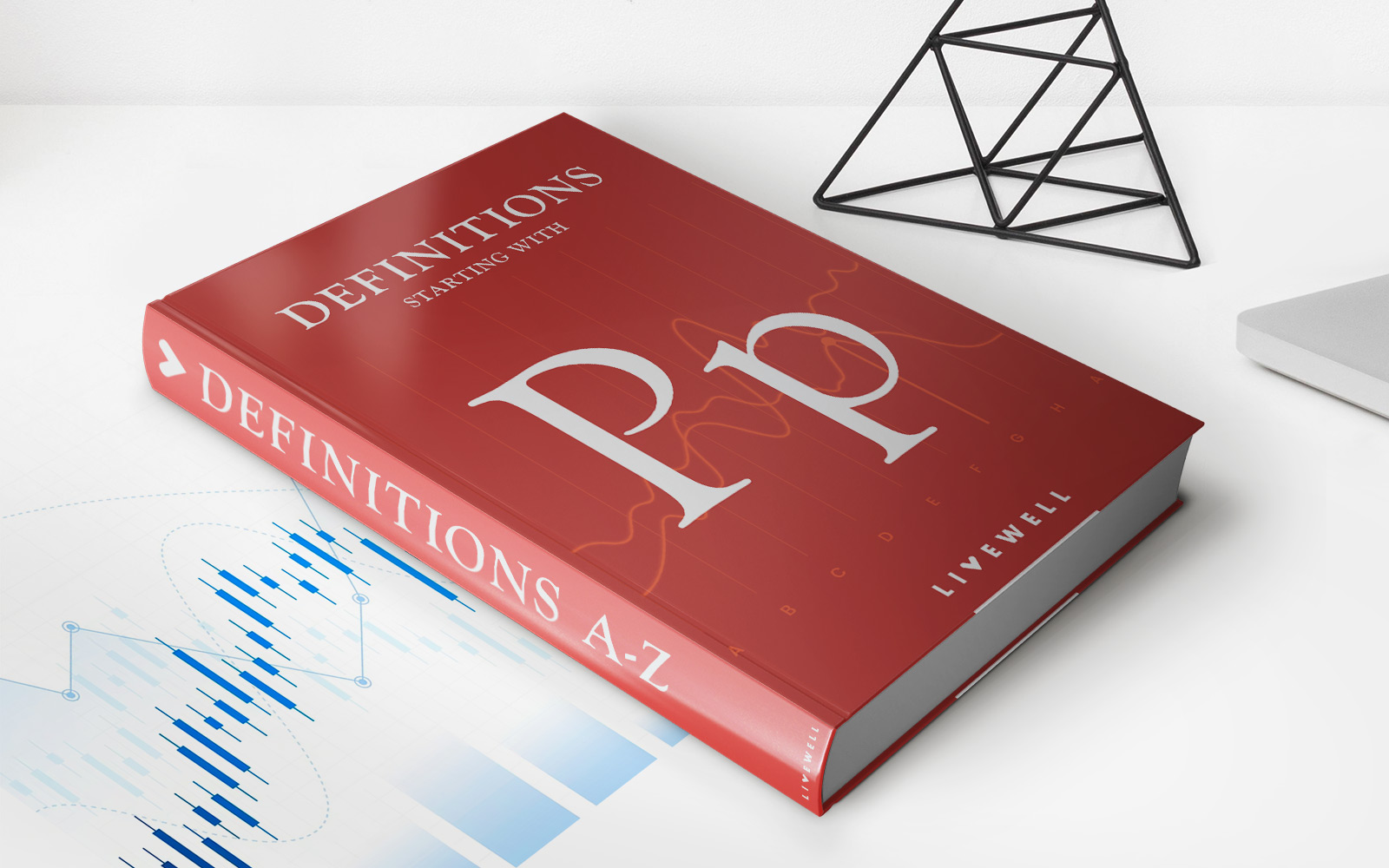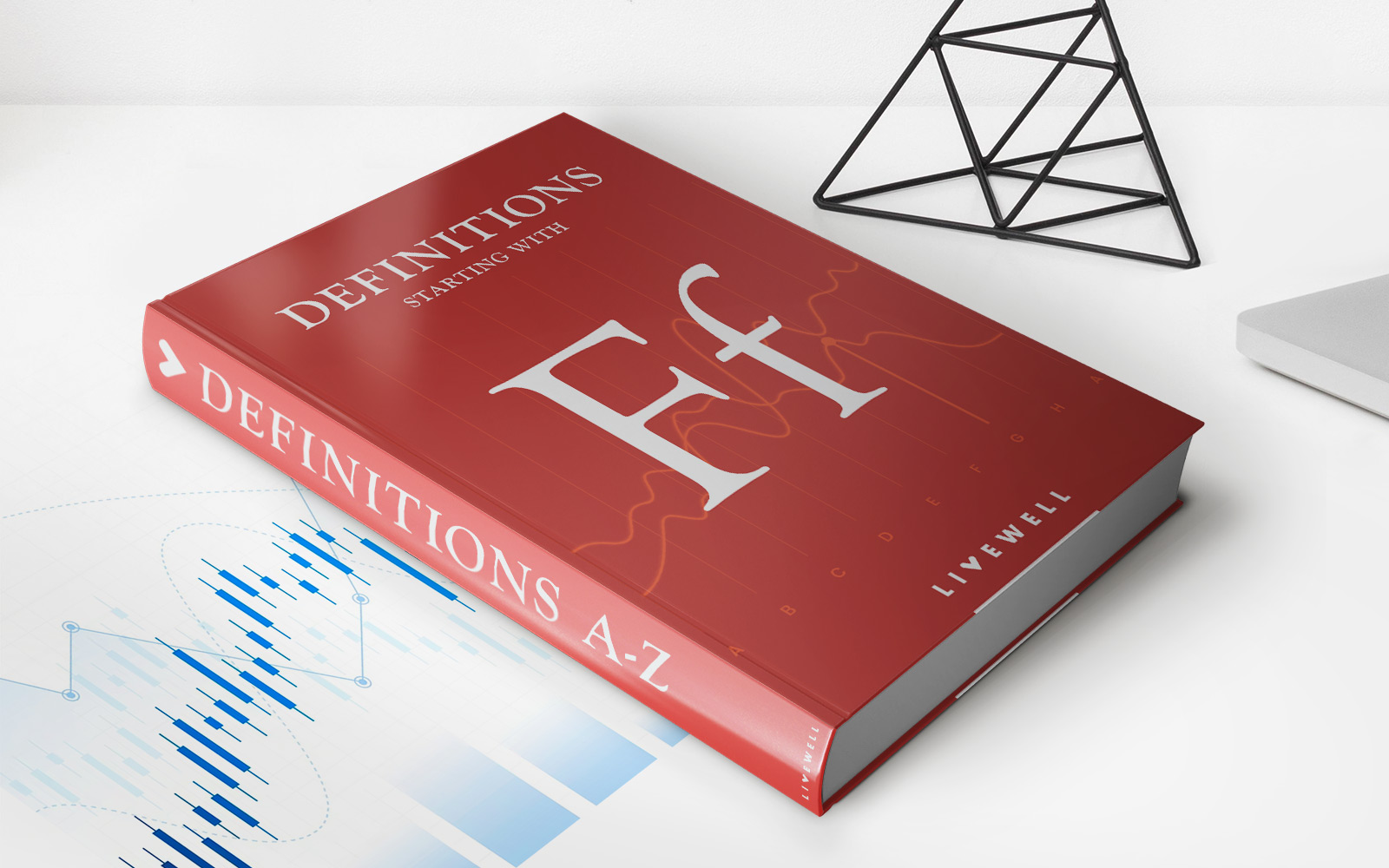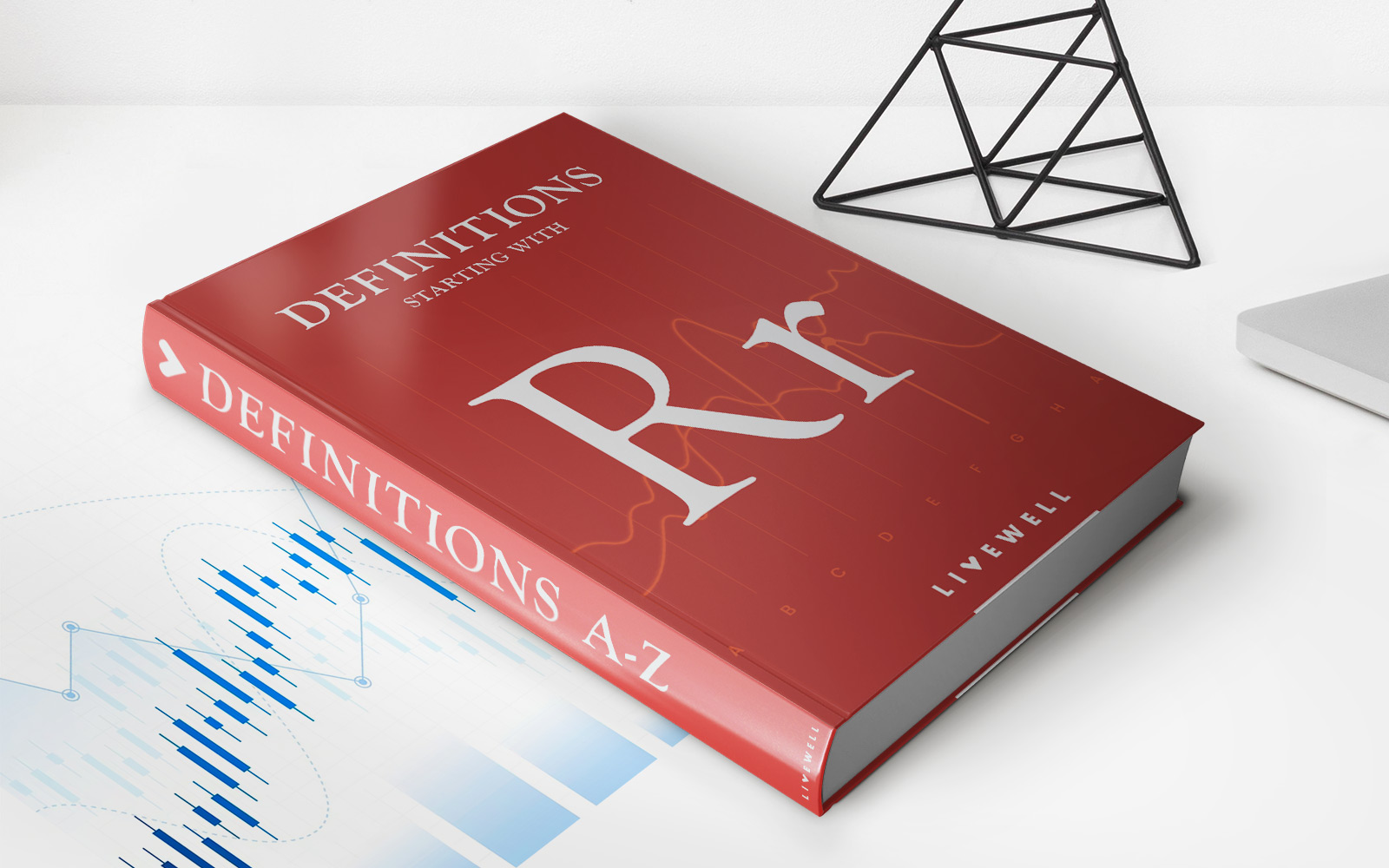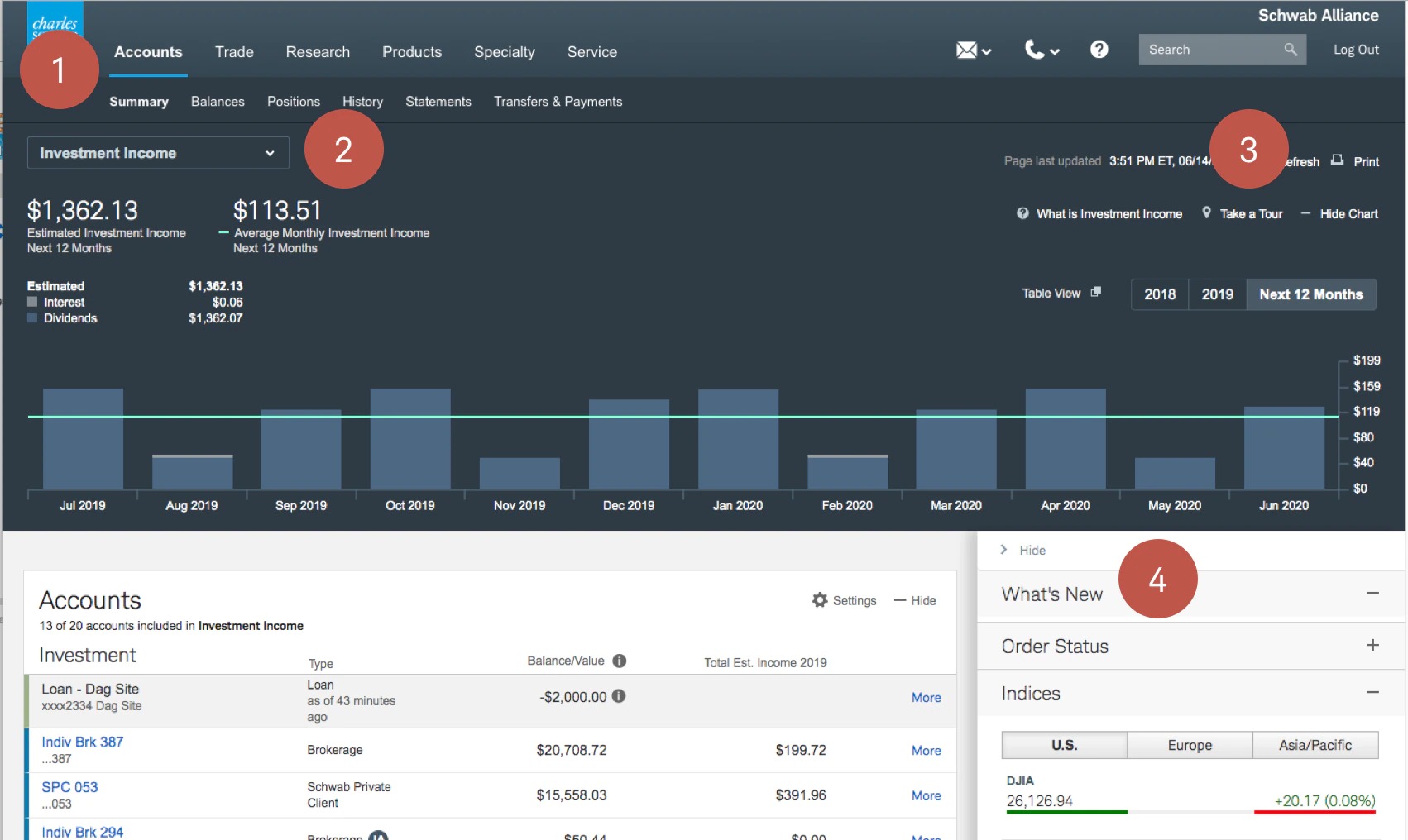Home>Finance>Cost Of Carry: Definition, Models, Factors And Formula


Finance
Cost Of Carry: Definition, Models, Factors And Formula
Published: November 3, 2023
Learn the definition, models, factors, and formula of cost of carry in finance. Gain valuable insights into this crucial concept.
(Many of the links in this article redirect to a specific reviewed product. Your purchase of these products through affiliate links helps to generate commission for LiveWell, at no extra cost. Learn more)
The Cost of Carry: Unveiling the Mystery Behind Finance’s Essential Concept
Welcome to our Finance category, where we dive deep into the intricate world of financial concepts. Today, we are shedding light on the fascinating world of the Cost of Carry. Have you ever wondered what the Cost of Carry is, how it is calculated, and what factors contribute to its value? In this article, we will answer these questions and provide you with insights into the definition, models, factors, and formula behind the Cost of Carry.
Key Takeaways:
- The Cost of Carry is a financial concept that helps determine the expense associated with holding an asset over a specific period of time.
- It encompasses various factors, such as storage costs, interest rates, dividends, insurance, and other expenses impacting the overall cost.
Understanding the Cost of Carry:
The Cost of Carry is a fundamental concept in finance that helps investors assess the expenses involved in holding an asset over a given period. It takes into consideration various elements to provide a holistic picture of the overall cost. Here’s a breakdown of the key aspects:
- Storage Costs: Commodities, for example, often require physical storage. These costs include warehousing, transportation, and security measures.
- Interest Rates: When it comes to financial assets, the interest rates play a crucial role in the calculation of the Cost of Carry. Borrowing costs, opportunity costs, and the prevailing interest rate in the market can impact the overall expense.
- Dividends: For equity assets, dividends are an essential factor to consider in the Cost of Carry calculation. They can offset some of the holding costs and directly impact the net expense.
- Insurance: Holding certain assets may require insurance coverage, which incurs additional costs that influence the overall Cost of Carry.
- Other Expenses: There may be other miscellaneous expenses associated with holding an asset, such as maintenance costs or regulatory fees, which contribute to the overall Cost of Carry.
The Models and Formula:
To calculate the Cost of Carry, various models and formulas can be employed, depending on the specific asset and the context in which it is being evaluated. Two common models used are:
- Cost of Carry Model: This model is widely used for commodities and financial derivatives. It considers storage costs, interest rates, and income generated from the asset to derive the overall Cost of Carry.
- Carry Trade Model: This model is commonly used in currency trading. It evaluates the differences in interest rates between two currencies to determine the potential gain or cost of holding a particular currency over time.
The general formula for calculating the Cost of Carry is:
Cost of Carry = Storage Costs + Interest Costs + Dividends + Insurance + Other Expenses
Keep in mind that there might be slight variations in the formula depending on the specific model and factors considered.
Understanding the Cost of Carry provides investors with valuable insights into the expenses associated with holding assets. By factoring these costs into their investment strategies, individuals can make informed decisions while managing their financial portfolios.
We hope this article has enlightened you about the Cost of Carry, its definition, models, factors, and formula. If you have any further questions or topics you would like us to explore, feel free to reach out. Stay tuned for more informative articles in the Finance category!
